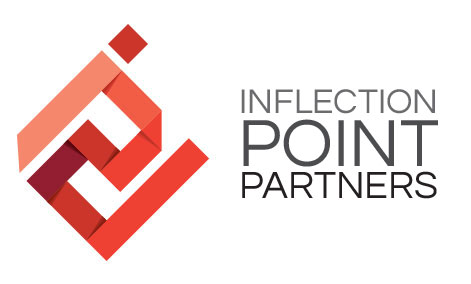How Do You Measure Your Team? The Six Conditions for Creating Effective Teams
/Both on the baseball field and in the work place, I have played on good teams and had the privilege of playing on some great ones. And, like many of us, I have been on poor teams, too. But, this grading system was based on perception and opinion. Good, Great, and Poor according to what my gut told me. In all instances, my feelings were not steeped in quantitative rigor or objective metrics—until now.
I often gravitate to sports because gameplay produces clear numbers and provides a level of transparency rarely seen in other venues. With a large enough sample, batting averages, TD passes, 3-point shots, wins, and championships, paint an accurate picture of performance.
It’s a little harder (read: significantly more challenging) to measure the effectiveness of a team in the workplace. Some teams will try to assign metrics or key performance indicators (KPI’s) to what they deliver. The problem is, there are so many factors that can affect outcomes and whether or not the KPI’s are met. Undo credit can be granted to the team, or taken away if the goals are not achieved.
How can we tell how strong our team really is? And, what are the conditions that comprise an effective team?
In search of answers, my research led me to a powerful tool, and a source of invaluable information. I recently completed a multi-day accreditation program led by Dr. Ruth Wageman, a leading scholar, advisor, and educator in disciplines of Organizational Behavior and Collaborative Leadership. She is also the co-author of the seminal work, Senior Leadership Teams: What It Takes to Make Them Great. Over the last decade, she and her team have developed the Team Diagnostic Survey, a simple-to-administer and insightful tool that scores the effectiveness of a team and delivers actionable findings.
We began by understanding the six key conditions that increase the chances for team effectiveness. We viewed the results of the diagnostic tool in illustrative, easy-to-read reports that provided data-driven insights into what specifically was working and what was not. We looked at data from a diverse set of teams—executive leadership teams, boards of directors, technology teams, sports teams, among others. The assessment and its underlying research apply to any task-oriented team across industries, in any type of organization, large or small, young or more mature. For profit and not for profit.
Collectively, the six conditions account for approximately 80% of the variance in team effectiveness. This kind of information moves us from soft, subjective stances (like my gut-feeling grades), to firm positions predicated on data, and specific improvement-oriented solutions. Knowing what areas and sub-areas required additional attention provided the blueprints to building and running a more effective team.
So, according to the decades of research, what are the six necessary conditions for a team to be successful? Outlined below, as simply as possible, you need:
1. A Real Team. One that is bounded, interdependent, and stable.
2. A Compelling Direction. As a leader, you should use your authority to clearly specify the ends sought, but not the means. Make sure the ends specified are clear, challenging, and consequential.
3. The Right People. All members must possess both task and teamwork skills.
4. A Sound Structure. Keep the team small, ideally in the single digits. Have the team focus on meaningful tasks and establish clear norms of conduct.
5. Supportive Organizational Context. Exercise influence upwards and outwards to remove roadblocks, open opportunities, and provide the resources the team will need.
6. Available Expert Coaching. This can come from someone inside or outside the team. This person or people should be available to intervene in the process in ways that promote the best use of collective resources in completing the work.
As an executive coach who works with both individuals and teams, creating an environment that meets all six conditions can be viewed as an elusive art. Art is subject to opinion. I value not only the science of this structured approach but also the data to aid in a clear diagnosis. Imagine a research-backed construct that increases the chances of forming and leading a successful team. Now imagine the ability to measure the stats of that team in an objective way, against normative measures from thousands of other teams. This is the stuff that business effectiveness dreams are made of. Where Moneyball and the workplace collide!
Moneyball and the workplace collide!
Leaders of all kinds, from all types of companies and organizations, big, small, traditional, and non-traditional, have been interested in learning more about the conditions of effectiveness, and have been especially eager to see data on their own teams. Each knows competition has never been more fierce, and no matter how talented their star players or employees might be, it’s not the team with the best players that wins. It’s the players who have the best team.




Today, many of us looking for the next step forward in growth, performance and personal or professional ambition are turning to coaching for assistance. Here are five misleading myths, accompanied by more helpful insights that can put you on a more rewarding track, and move you even closer to achieving your goals: